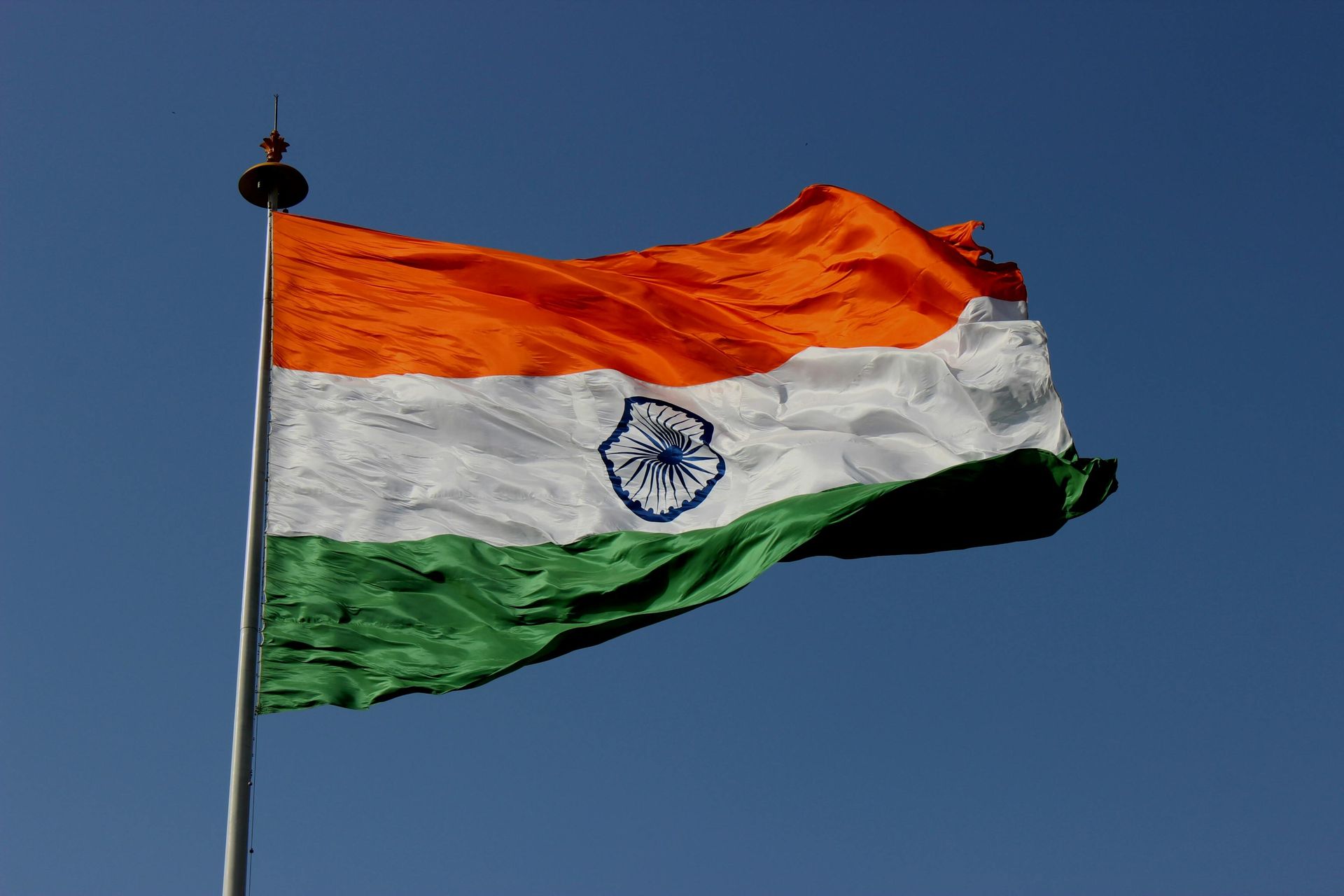Significance & Implications of BIS Certification on Polyester Yarns

Polyester yarn, with its versatile applications and wide use in various industries, is a critical component of the textile sector. To ensure the quality and safety of polyester yarns, the Bureau of Indian Standards (BIS) certification plays a pivotal role. In this article, we will explore the significance and implications of BIS certification on polyester yarns.
Understanding BIS Certification:
The Bureau of Indian Standards (BIS) is the national standards body of India, responsible for the development and implementation of product quality and safety standards. BIS certification is a mark of quality and conformity to these standards.
Significance of BIS Certification for Polyester Yarns:
- Quality Assurance: BIS certification ensures that polyester yarns meet specific quality benchmarks. This is crucial for both manufacturers and consumers, as it guarantees that the product is of a defined quality.
- Consumer Confidence: BIS certification instills confidence in consumers. When they see the BIS mark on a product, they can trust that it meets the established quality standards.
- Competitive Edge: For manufacturers, BIS certification provides a competitive advantage in the market. It demonstrates their commitment to quality, which can be a significant selling point.
- Legal Compliance: In some cases, BIS certification may be mandatory, especially for products that have safety implications. Compliance with BIS standards is essential to avoid legal repercussions.
Implications of BIS Certification on Polyester Yarns:
- Quality Control: Manufacturers must adhere to stringent quality control processes to meet BIS standards. This ensures that the polyester yarns are of consistent and reliable quality.
- Enhanced Reputation: BIS certification enhances the reputation of both manufacturers and the polyester yarn industry as a whole. It signals a commitment to producing quality products.
- Consumer Satisfaction: Consumers can purchase BIS-certified polyester yarns with confidence, knowing that the product is safe and reliable.
- Market Access: BIS certification may be a requirement for market access, especially for export-oriented businesses. It opens doors to a broader customer base.
- Safety: BIS standards often include safety measures. For polyester yarns used in critical applications, such as medical or industrial settings, the safety implications are of utmost importance.
In conclusion, BIS certification for polyester yarns is not just a mark; it's a commitment to quality, safety, and consistency. It ensures that polyester yarns are manufactured and distributed in compliance with established standards, benefiting manufacturers, consumers, and the industry as a whole.
At Beekaylon. we take pride in offering BIS-certified yarns, reflecting our commitment to quality and your satisfaction. Explore our range of certified polyester yarns and experience the difference that BIS certification can make in your projects.
Beekaylon is at the forefront of manufacturing innovative Polyester yarns and as part of this philosophy diversified into BCF yarn manufacturing in the year 2019. Currently, Beekaylon has the capacity of 850 Mt per month.
Our company has also embraced backward integration by venturing into the production of polyester resin through the continuous polymerization process (CP). This strategic move not only ensures the quality and stability of our polyester yarns but also shields us from the fluctuations in resin prices.
This integrated approach positions us at the forefront of the industry, giving us a competitive edge in delivering consistent, high-quality polyester yarns while maintaining cost-efficiency.
Remember, when you choose BIS-certified polyester yarns, you're choosing quality, safety, and reliability.



